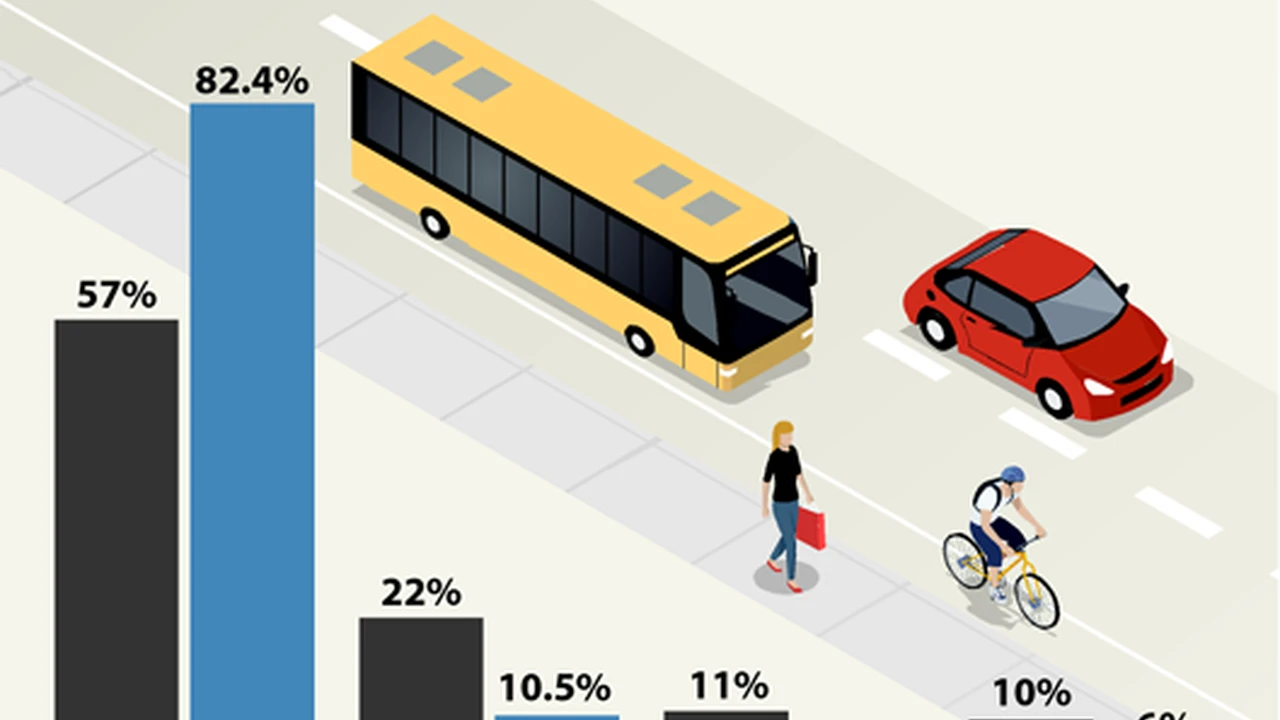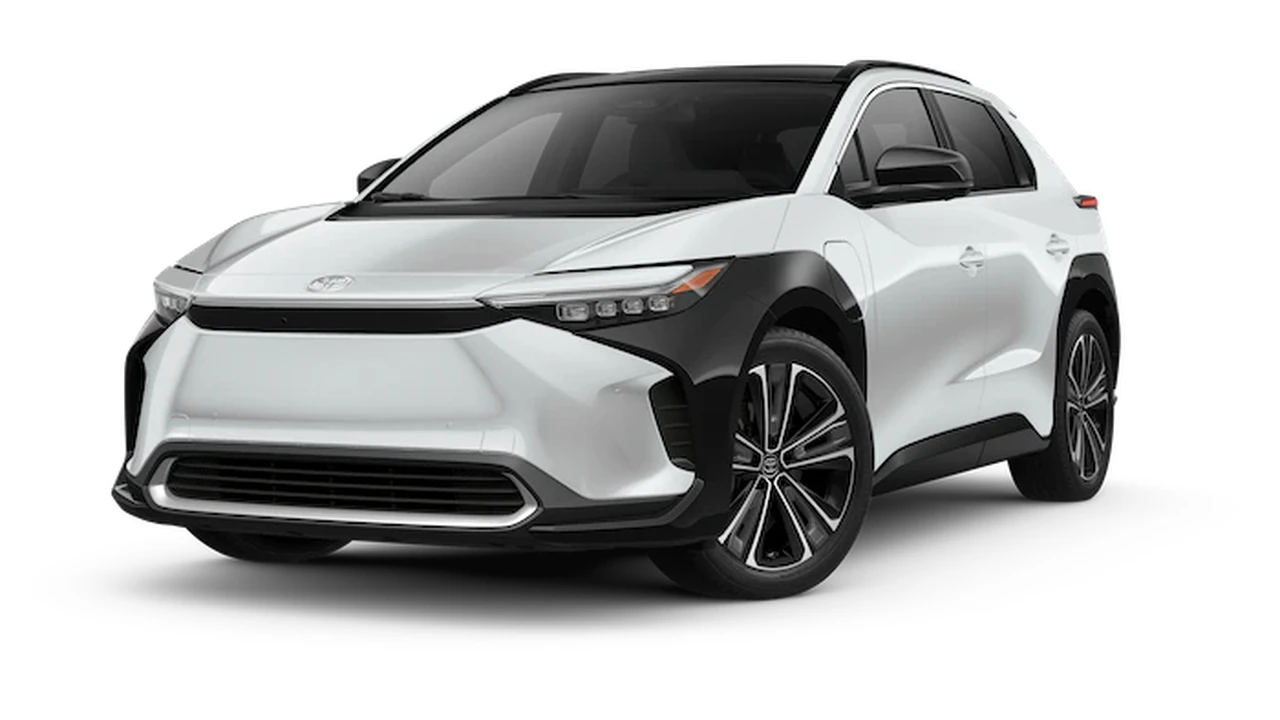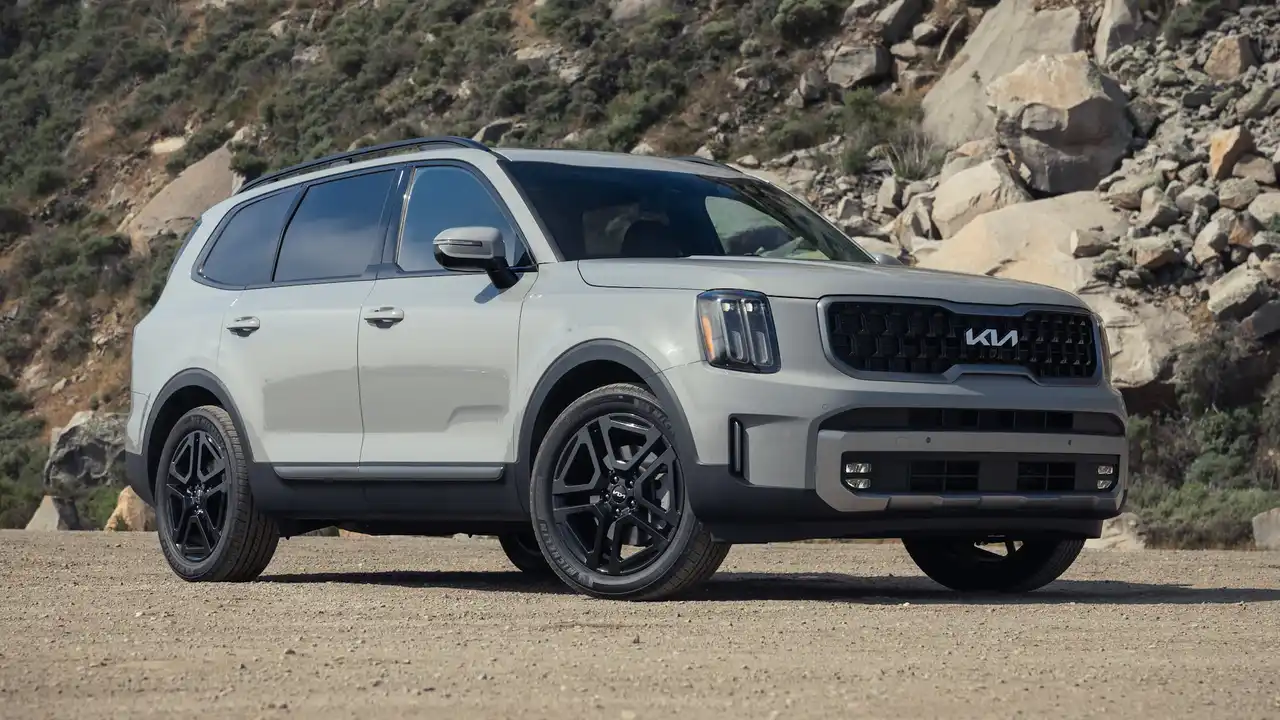Walking vs. Car: Short Distance Travel

The Environmental Impact of Choosing to Walk Over Driving for Short Distances
Okay, let's get real. We all know cars aren't exactly planet-friendly. That sweet smell of exhaust? Not so sweet for Mother Earth. When you opt for a walk instead of firing up the engine for those short trips, you're making a surprisingly significant difference. Think about it: less fuel consumption, fewer emissions, and a smaller carbon footprint. It's a simple switch that adds up over time. Even just a mile or two less driving a week can help reduce the impact of driving on the environment.
Health Benefits Galore Walking as a Car Alternative
Forget the gym membership you're not using! Walking is a fantastic way to sneak in some exercise without even realizing it. Short walks can boost your cardiovascular health, strengthen your bones, and even improve your mood. Plus, it's a great way to clear your head and de-stress. Instead of sitting in traffic, you're getting your blood pumping and enjoying the fresh air. It's a win-win!
Cost Savings Walking vs Driving for Short Commutes
Gas prices are crazy, right? And that's not even mentioning the cost of car insurance, maintenance, and parking. Walking is basically free! Okay, maybe you'll need to invest in a good pair of shoes, but that's a far cry from the expenses of owning and operating a car. Think about all the money you could save by walking instead of driving those short errands. That extra cash could go towards something way more fun – like a vacation or a new gadget!
Time Efficiency and Traffic Avoidance Choosing Walking
Ever sat in bumper-to-bumper traffic, just crawling along for a mile or two? Talk about a waste of time! Walking can often be faster than driving, especially in congested urban areas. You can bypass traffic jams, cut through parks, and take shortcuts that cars can't. Plus, you don't have to worry about finding parking, which can be a major hassle. So, next time you're tempted to drive a short distance, consider whether walking might actually be the quicker option.
Exploring Your Neighborhood Discovering Hidden Gems on Foot
When you're behind the wheel, you're often focused on getting from point A to point B as quickly as possible. But when you're walking, you have the chance to slow down and really appreciate your surroundings. You might discover hidden gems you never knew existed – a charming little coffee shop, a beautiful park, or a quirky piece of street art. Walking allows you to connect with your neighborhood in a way that driving simply doesn't.
Safety Considerations and Tips for Pedestrians
Okay, safety first! Before you lace up your shoes, make sure you're aware of your surroundings. Pay attention to traffic, cross streets at designated crosswalks, and wear bright clothing, especially at night. If you're walking in an area with heavy traffic, consider using sidewalks or walking paths. And always be aware of cyclists and other pedestrians. A little bit of caution can go a long way in keeping you safe.
Gear Recommendations for Comfortable and Safe Walking
Having the right gear can make a big difference in your walking experience. Here are a few recommendations:
- Walking Shoes: Invest in a comfortable pair of walking shoes with good support. Brands like Brooks, New Balance, and Saucony offer excellent options. Prices range from $80 to $150.
- Comfortable Clothing: Choose breathable and moisture-wicking fabrics to stay comfortable, especially in warm weather. Brands like Nike and Adidas offer great options.
- Reflective Gear: If you're walking at night or in low-light conditions, wear reflective clothing or accessories to increase your visibility. Reflective vests can be found for around $20.
- Water Bottle: Stay hydrated by carrying a water bottle with you. Brands like Hydro Flask and Yeti are popular choices. Prices range from $30 to $50.
- Weather Protection: If it's raining, consider a lightweight rain jacket or umbrella. Brands like Columbia and The North Face offer excellent rain gear.
Product Comparisons Walking Shoes
Let's take a closer look at some popular walking shoe options:
- Brooks Ghost 14: Known for its smooth ride and excellent cushioning. Great for everyday walking. Price: $130.
- New Balance Fresh Foam 880v12: Offers a good balance of cushioning and support. Suitable for a variety of foot types. Price: $135.
- Saucony Triumph 19: Provides a plush and comfortable feel. Ideal for longer walks. Price: $150.
When choosing walking shoes, consider your foot type, the distance you'll be walking, and the terrain you'll be walking on. It's always a good idea to try on shoes before you buy them to ensure a good fit.
Real Life Walking Scenarios
Let's paint a picture of when walking truly shines:
- The Quick Errand: Need milk from the corner store? Skip the car! A brisk walk is faster, cheaper, and healthier.
- Lunch Break Stroll: Instead of grabbing a drive-through, walk to a nearby cafe. Enjoy the fresh air and a change of scenery.
- Weekend Exploration: Ditch the car and explore your neighborhood on foot. You'll discover hidden gems you never knew existed.
- Commuting Short Distances: If you live close to work, consider walking or biking instead of driving. You'll save money and get some exercise.
The Psychological Benefits of Walking
Beyond the physical benefits, walking can also have a positive impact on your mental well-being. Studies have shown that walking can reduce stress, improve mood, and boost creativity. It's a great way to clear your head and get some perspective. So, next time you're feeling overwhelmed, take a walk and see how you feel.
Overcoming Obstacles to Walking
Okay, let's be honest. Sometimes it's not always easy to choose walking over driving. Here are a few common obstacles and how to overcome them:
- Bad Weather: Invest in good rain gear or wait for a break in the weather.
- Time Constraints: Plan ahead and allow extra time for walking.
- Safety Concerns: Choose well-lit and safe routes.
- Lack of Motivation: Find a walking buddy or set a goal for yourself.
Walking for Fun and Recreation
Walking doesn't have to be just about getting from point A to point B. It can also be a fun and enjoyable activity. Consider joining a walking club, exploring local parks and trails, or taking a scenic walk along the beach. Walking can be a great way to socialize, connect with nature, and stay active.
Integrating Walking into Your Daily Routine
The key to making walking a habit is to integrate it into your daily routine. Here are a few tips:
- Take the stairs instead of the elevator.
- Park further away from your destination.
- Walk during your lunch break.
- Walk your dog.
- Walk to the grocery store.
By making small changes to your daily routine, you can easily incorporate more walking into your life.
The Future of Urban Planning and Walkability
Increasingly, cities are recognizing the importance of walkability and are designing urban environments that are more pedestrian-friendly. This includes creating more sidewalks, bike lanes, and green spaces. By making it easier and more enjoyable to walk, cities can encourage people to choose walking over driving, which can have a positive impact on public health, the environment, and the economy.
:max_bytes(150000):strip_icc()/277019-baked-pork-chops-with-cream-of-mushroom-soup-DDMFS-beauty-4x3-BG-7505-5762b731cf30447d9cbbbbbf387beafa.jpg)






